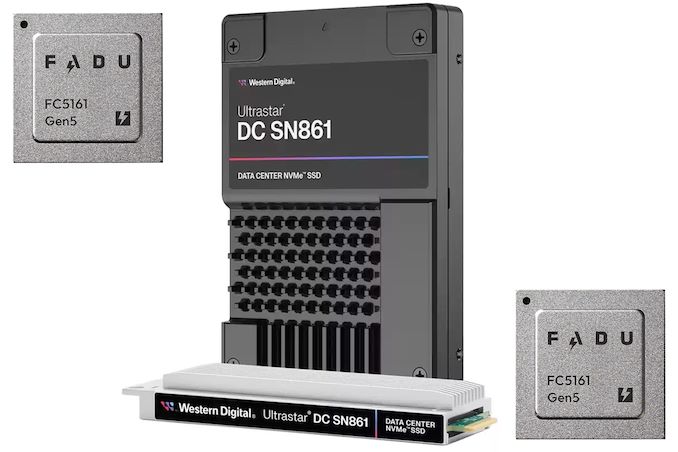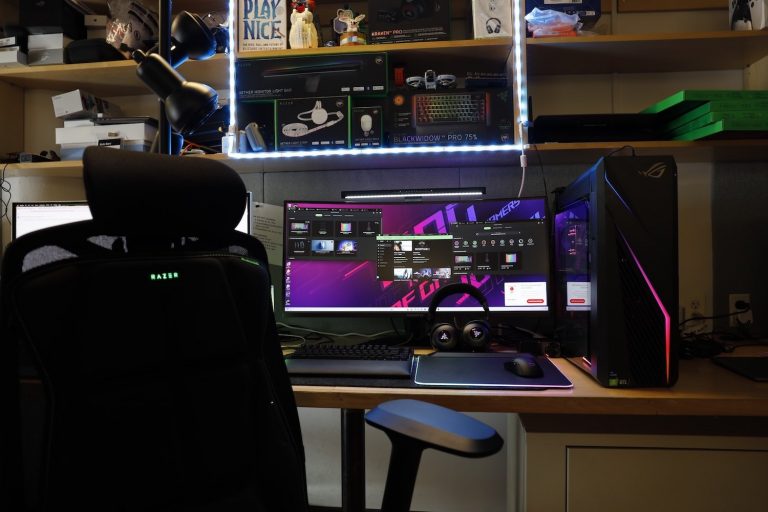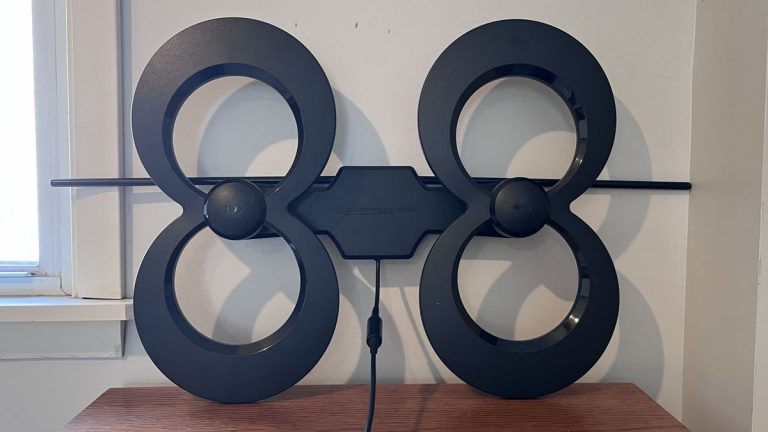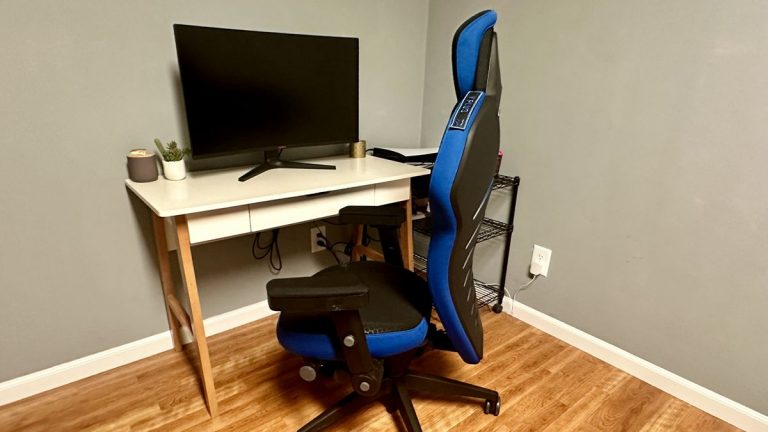Zen 5 Ready: AMD B650 Motherboard Buying Guide
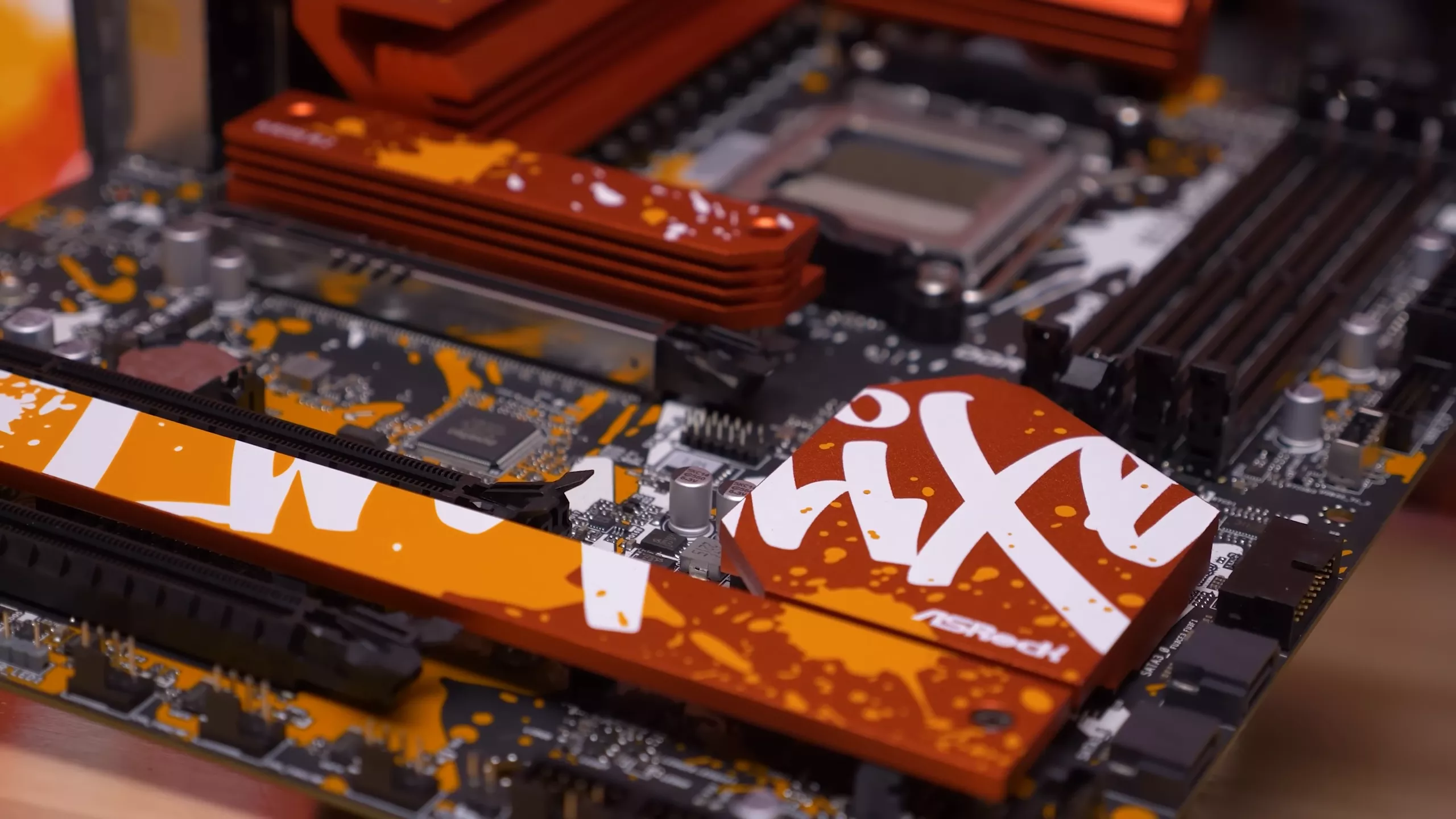
After testing a grand total of 56 motherboards, all using AMD’s B650 chipset, it’s safe to say we’ve tested a lot of them, and we are in a solid position to tell you which ones you should buy. So let’s do that, and as usual, we’ll start with the most affordable options and move to the most expensive and well-equipped boards you should consider.
As an introductory side note, Asrock motherboards have been surprisingly good this generation. It’s good to see them pushing hard to offer the best value at each price point, which reminds us of the good old days. Going back a decade or so, when we were testing and recommending Intel Z77 motherboards, it was a common theme that Asrock always seemed to undercut the competition.
In recent years, though, Asrock seemed to have lost their edge, but now they are back and without question, they’re dominating the entry-level segment for AMD B650. There are still a good number of Asus, MSI, and Gigabyte boards worth considering at the higher price tiers, and Gigabyte in particular has a very impressive B650 range.
Best Entry-Level B650 Motherboard
Asrock B650M Pro RS or Asrock B650M-HDV/M.2
Since the introduction of the AM5 platform, motherboard pricing has been a significant issue, even for models that don’t support PCIe 5.0. Granted, DDR5 has proven more costly than DDR4, but even so, board costs got a bit out of hand for a while.
Things improved when Asrock released the B650M-HDV/M.2 for $120 back in April 2023. Since then it dropped a tad more and then became more expensive, spiking up to $140 before its stock dried up completely, and we’re not sure if we will ever see this board back at $120.
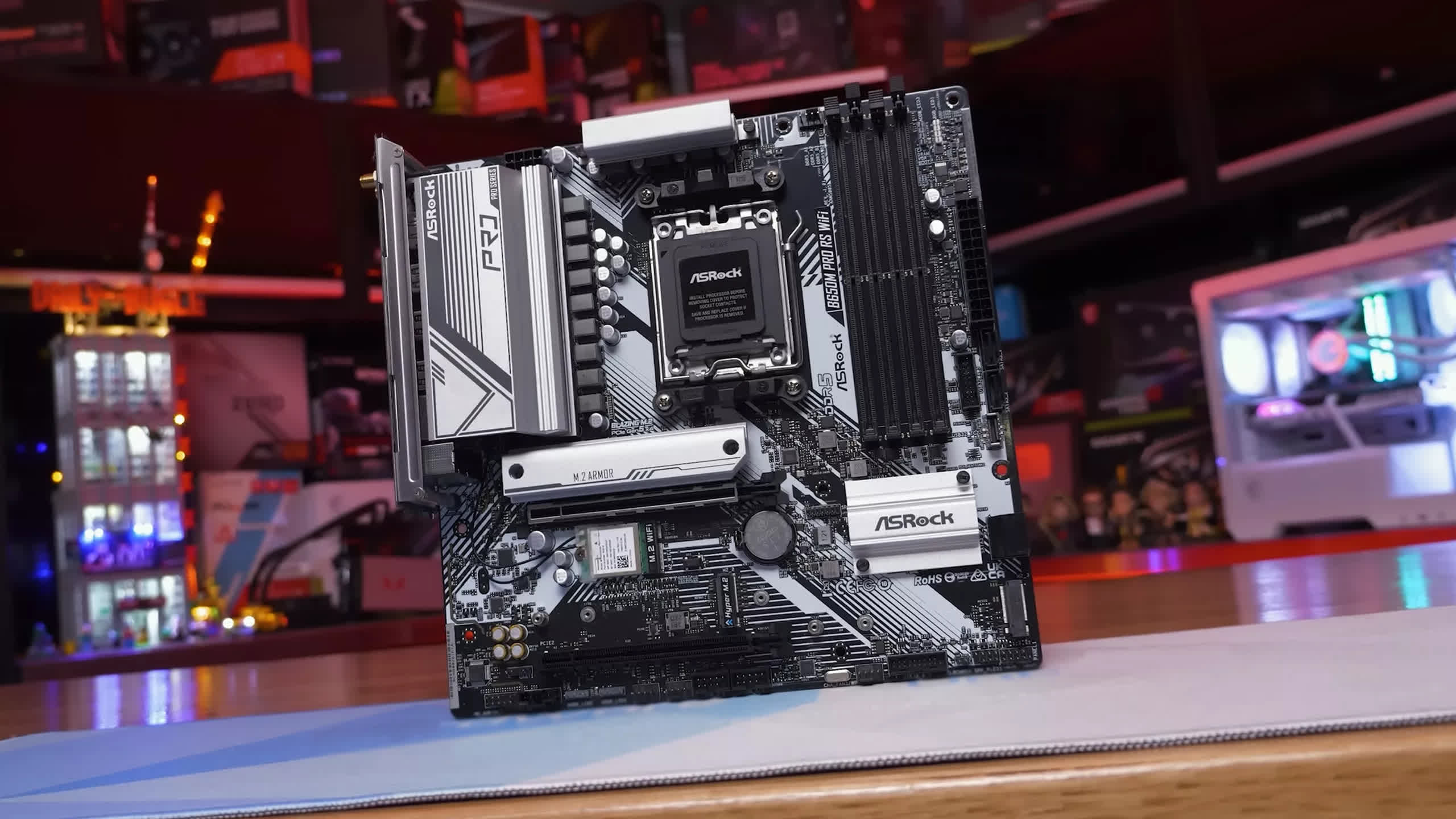
That would be our pick for the best entry-level B650 motherboard, but in its absence, the Asrock B650M Pro RS is pretty solid, too. The good news is you can buy the B650M Pro RS for just $130 and stock seems plentiful. There’s also a WiFi version for an additional $10.
In terms of VRM performance, both pack eight 50A power stages for the vcore, which is enough to comfortably power the Ryzen 9 7950X. It will easily handle any Ryzen processor you throw at it. For the extra $10, you get an additional M.2 slot and an extra USB 3.2 port. Other than that, they are very similar feature-wise.
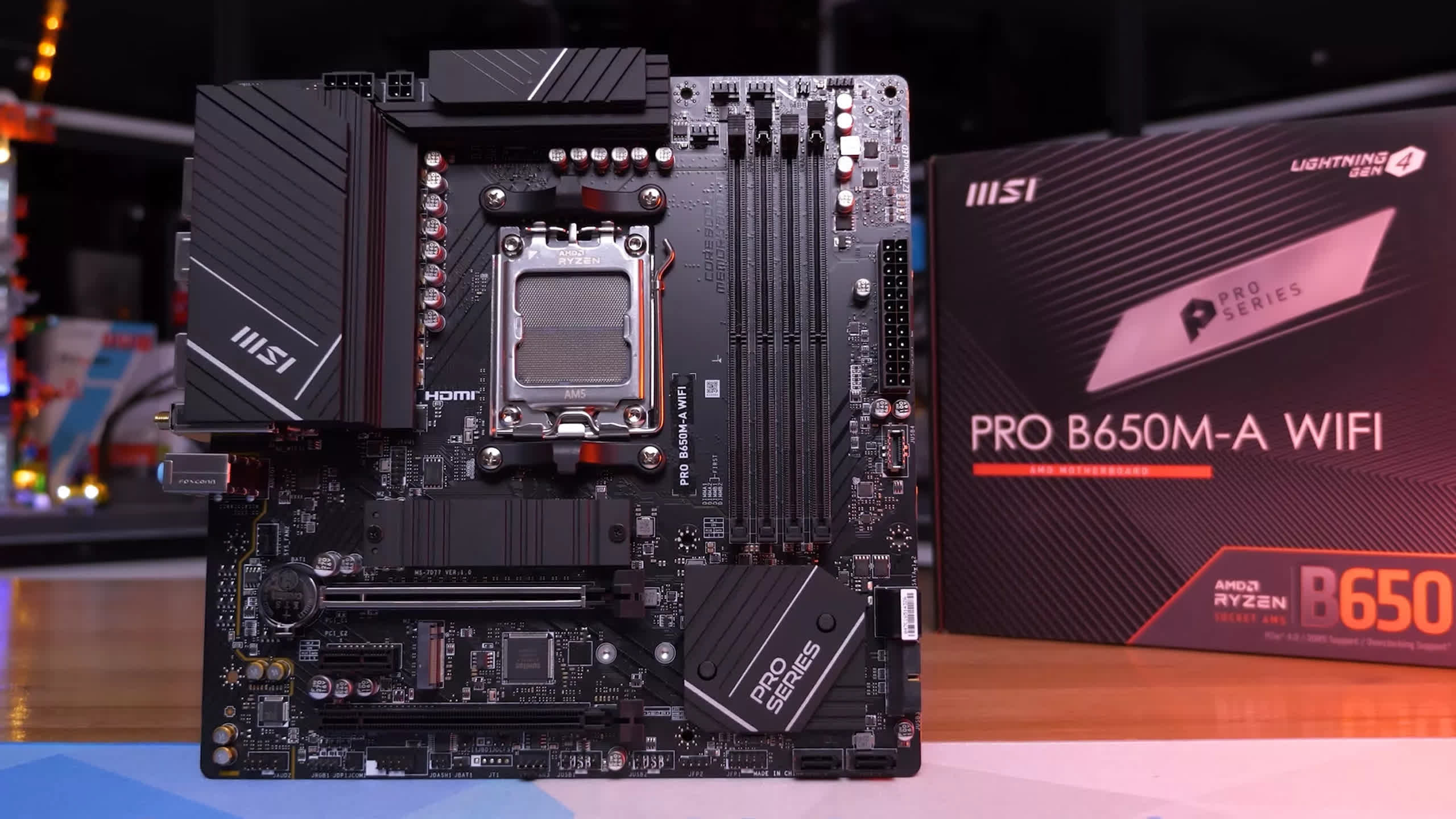
Another board to consider in this range would be the MSI Pro B650M-A WiFi for $140. It is a significantly better option than the Asus Prime B650M-A WiFi, which you should avoid at all costs, along with the terrible Gigabyte B650M Gaming WiFi that sell for around the same price.
Other budget boards, such as the Asrock B650M-H/M.2+, MSI Pro B650M-P, Gigabyte B650M D3HP, and Gigabyte B650M K, are all garbage with terrible performing VRMs. They might work fine with lower-end AM5 processors, but for similar money, the boards we’ve recommended can handle all AM5 processors with ease and are overall superior products.
Best Entry-Level ATX B650 Motherboard
Asrock B650 PG Lightning or Asrock B650 LiveMixer
If you’re after an affordable B650 motherboard but prefer an ATX model over MicroATX, there are quite a few options around $150. The newest additions include the Gigabyte B650 Eagle AX at $140 and the MSI Pro B650-S WiFi at $145.
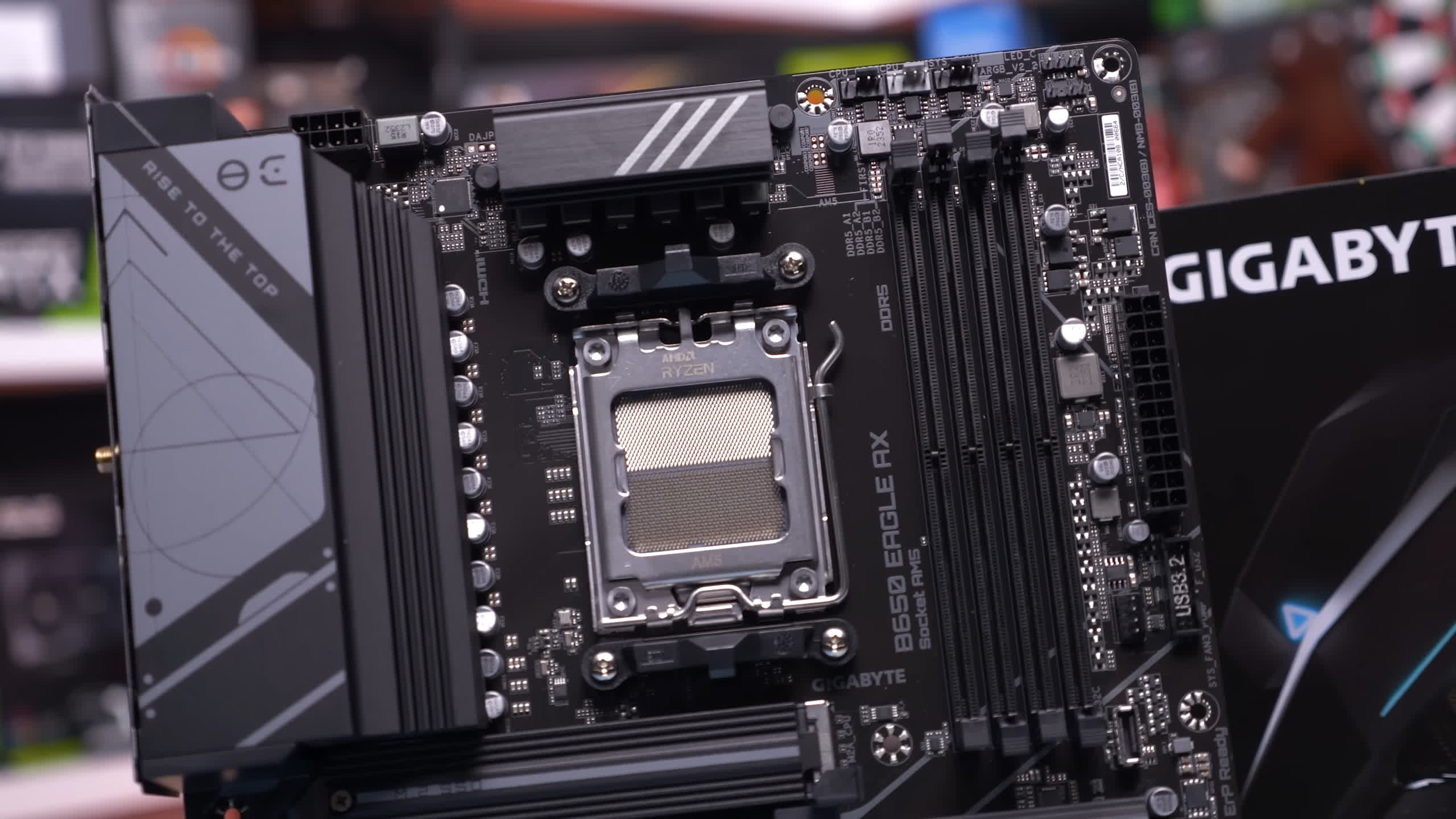
The Gigabyte Eagle AX delivers better VRM performance with a PCIe 5.0-enabled M.2 slot. The MSI Pro-S WiFi, on the other hand, offers around twice as many USB 3.2 ports and 2.5 Gbit LAN compared to Gigabit. So our preference here would be the MSI model for its stronger feature set.
Both are decent boards with passable VRMs. They will work well with Ryzen 5 and Ryzen 7 processors, but for Ryzen 9 models, we’d recommend seeking alternative options.
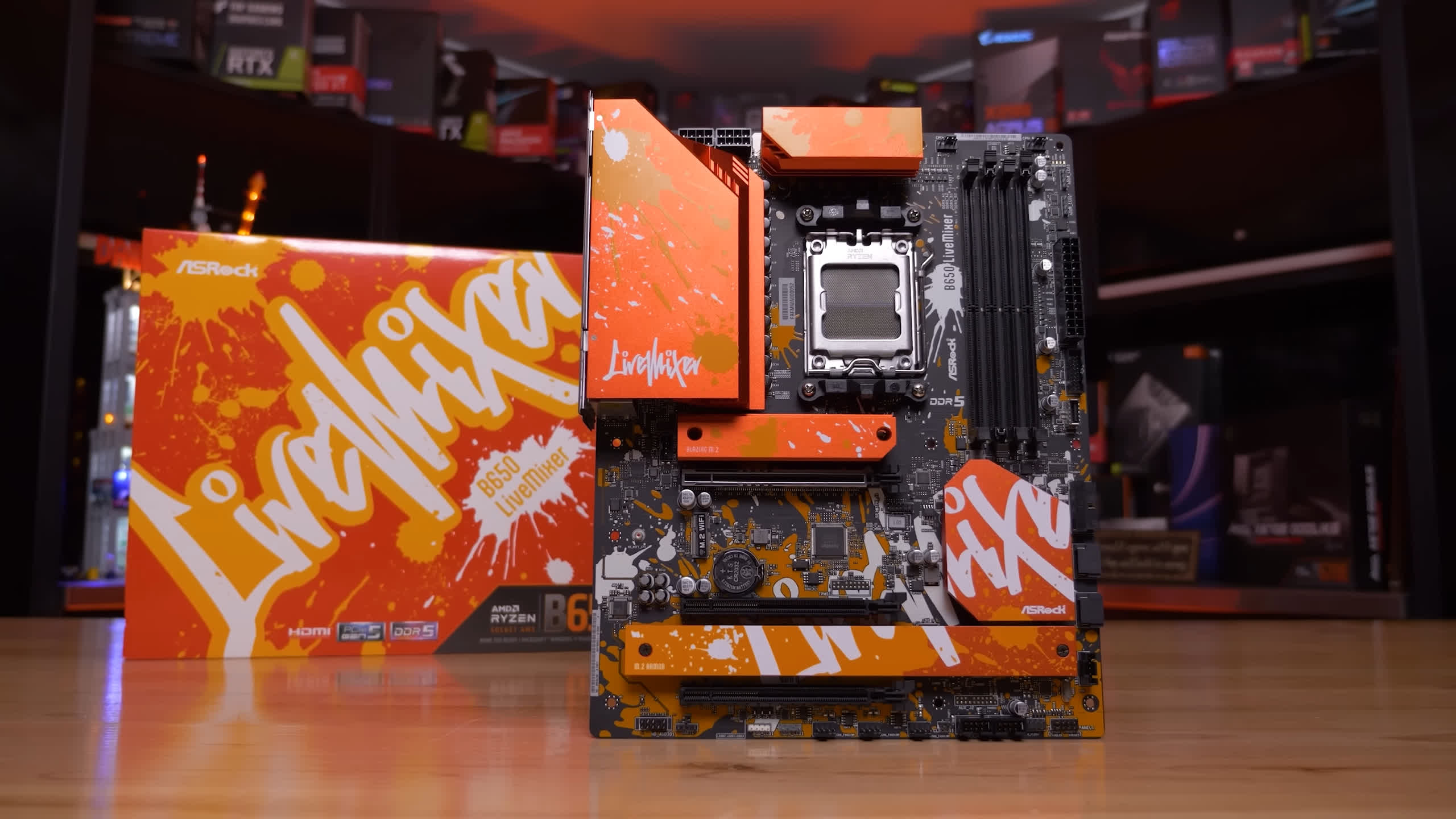
However, if you can find them in your region, we’d skip both of the above in favor of the Asrock B650 PG Lightning or the distinctive-looking Asrock B650 LiveMixer. Both are $150, so get whichever one you like best.
Both boards are vastly superior to the MSI and Gigabyte models for an extra $5-10. You get an almost overkill 14 60A vcore, which means the VRM is top-notch and will handle anything you throw at it.

There’s a PCIe 5.0 M.2 slot, loads of USB 3.2 ports, and 2.5 Gbit LAN, though they do miss out on WiFi, so that will be an additional cost if required.
Best Mid-Range Micro ATX B650 Motherboard
MSI MAG B650M Mortar WiFi or Gigabyte B650M Aorus Elite AX
For a budget of around $200, there are a options worth considering beyond the entry level models shown above. The new MSI B650M Gaming Plus WiFi at $160 would be one of the better value options here, we’ve of course tested it but it’s yet to go on sale, so we’re taking MSI at their word on the pricing. If true, that makes it $20 less than the Gigabyte B650M Aorus Elite AX and MSI’s own MAG B650M Mortar WiFi.
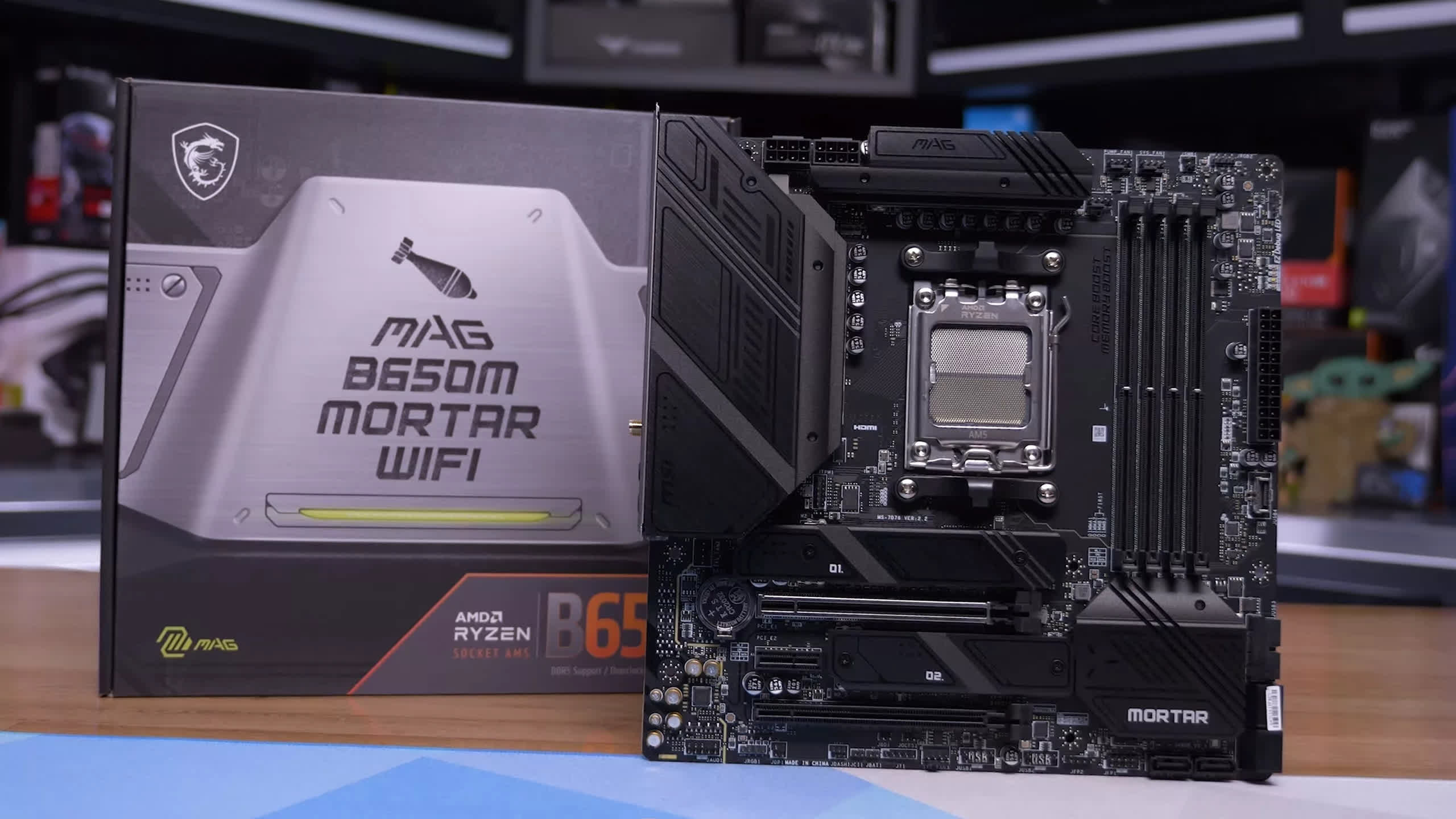
In terms of features, the Gaming Plus WiFi and Mortar WiFi are essentially the same board with a different VRM. The Gaming Plus gets a cheap 10-phase vcore using discrete MOSFETs, whereas the Mortar is armed with a high-quality vcore using a dozen 80A power stages. Frankly, we think it’s worth buying for the extra $20, knowing that the board will handle any CPU you install on it with ease.
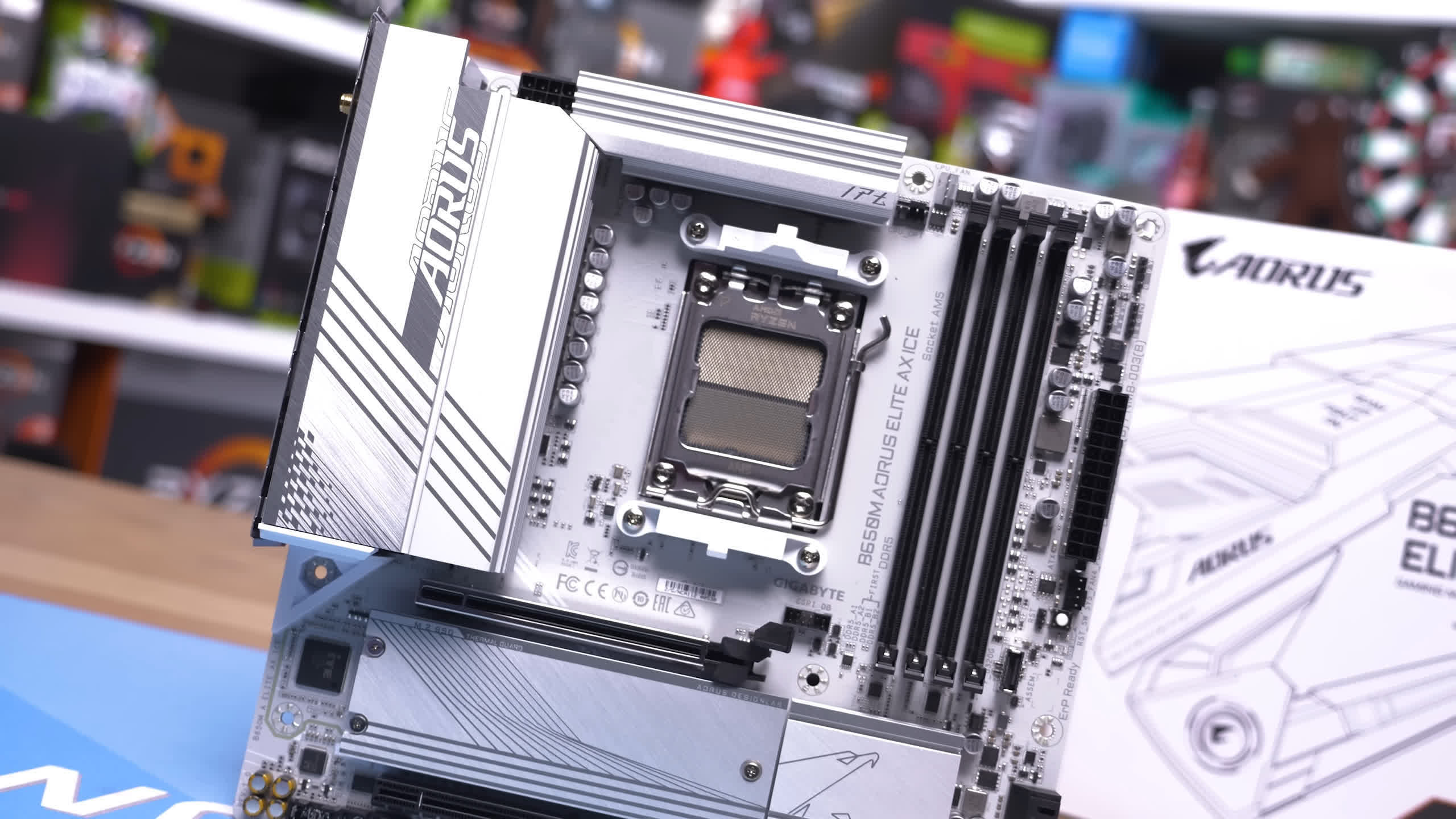
Then there’s the Gigabyte B650M Aorus Elite AX and for $10 more, the Asus TUF Gaming B650M-Plus WiFi. In terms of VRM performance, they’re all much the same, using a dozen 60-80A power stages. In terms of board features, they’re all very similar, too. They offer two M.2 slots, but the Gigabyte and Asus boards support PCIe 5.0 for the primary slot, whereas the MSI board is limited to PCIe 4.0. This is probably a non-issue for most, but worth mentioning.
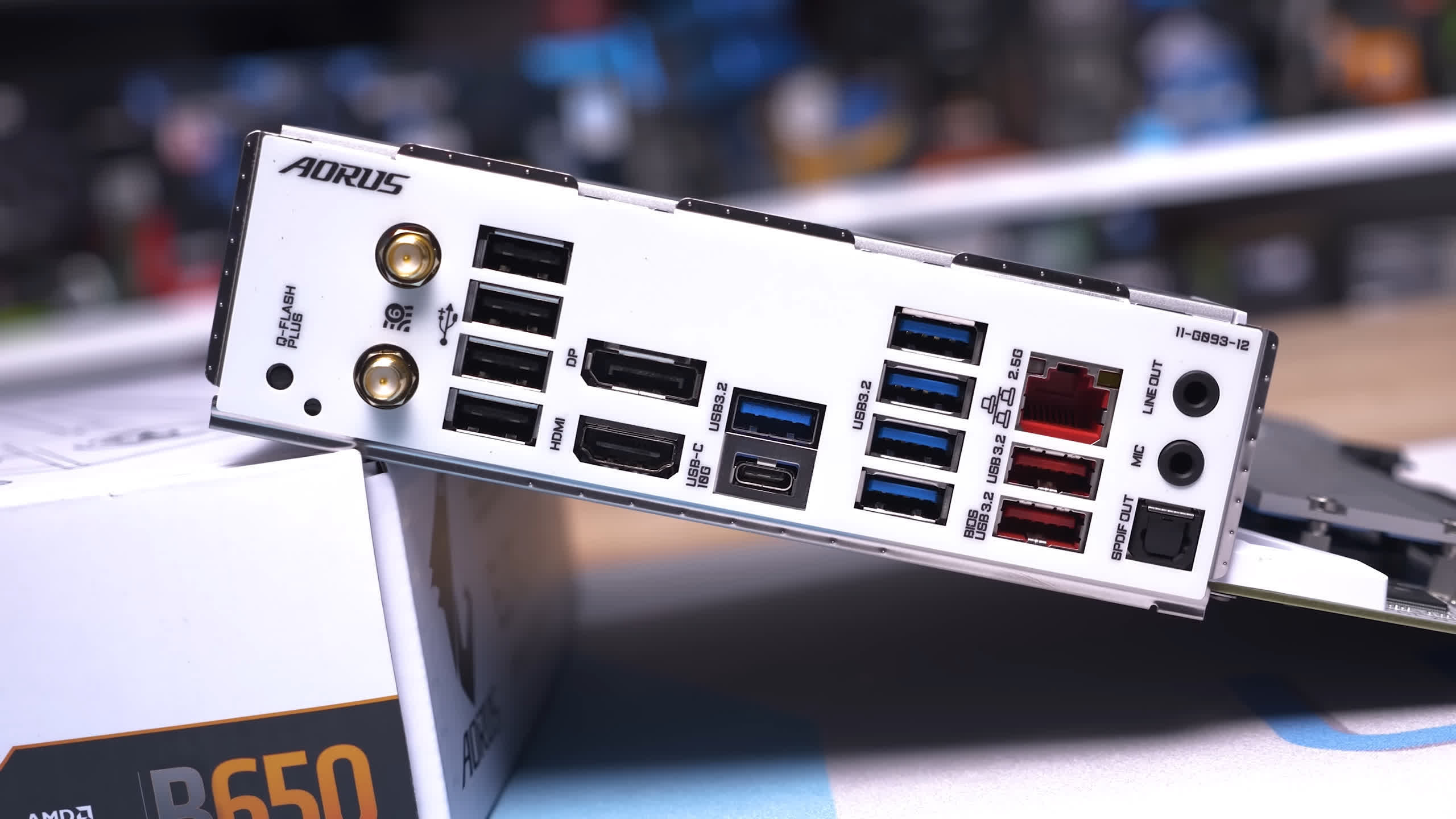
They all offer 2.5 Gbit LAN and WiFi, though the Asus board only gets WiFi 6, whereas the MSI and Gigabyte boards feature 6E. All boards include M.2 heat spreaders for both ports and large heatsinks covering the entire VRM. Sadly, none of them feature 2-digit debug code LEDs, instead using basic LED light debug, which is better than nothing, but not great.
Ultimately, it will come down to which model you prefer the look of or which is cheapest in your region. You can’t go wrong with any of the boards in this shortlist; they’re all excellent motherboards.
Best Mid-Range ATX B650 Motherboard
Asrock B650 Steel Legend WiFi or Gigabyte B650 Aorus Elite AX V2
For the best mid-range ATX motherboard priced around $200 or even a bit less, there are like a gazillion options available. The good news is that there are no bad choices; some might be poorly priced given what they offer, but overall, you can’t go wrong in terms of performance.
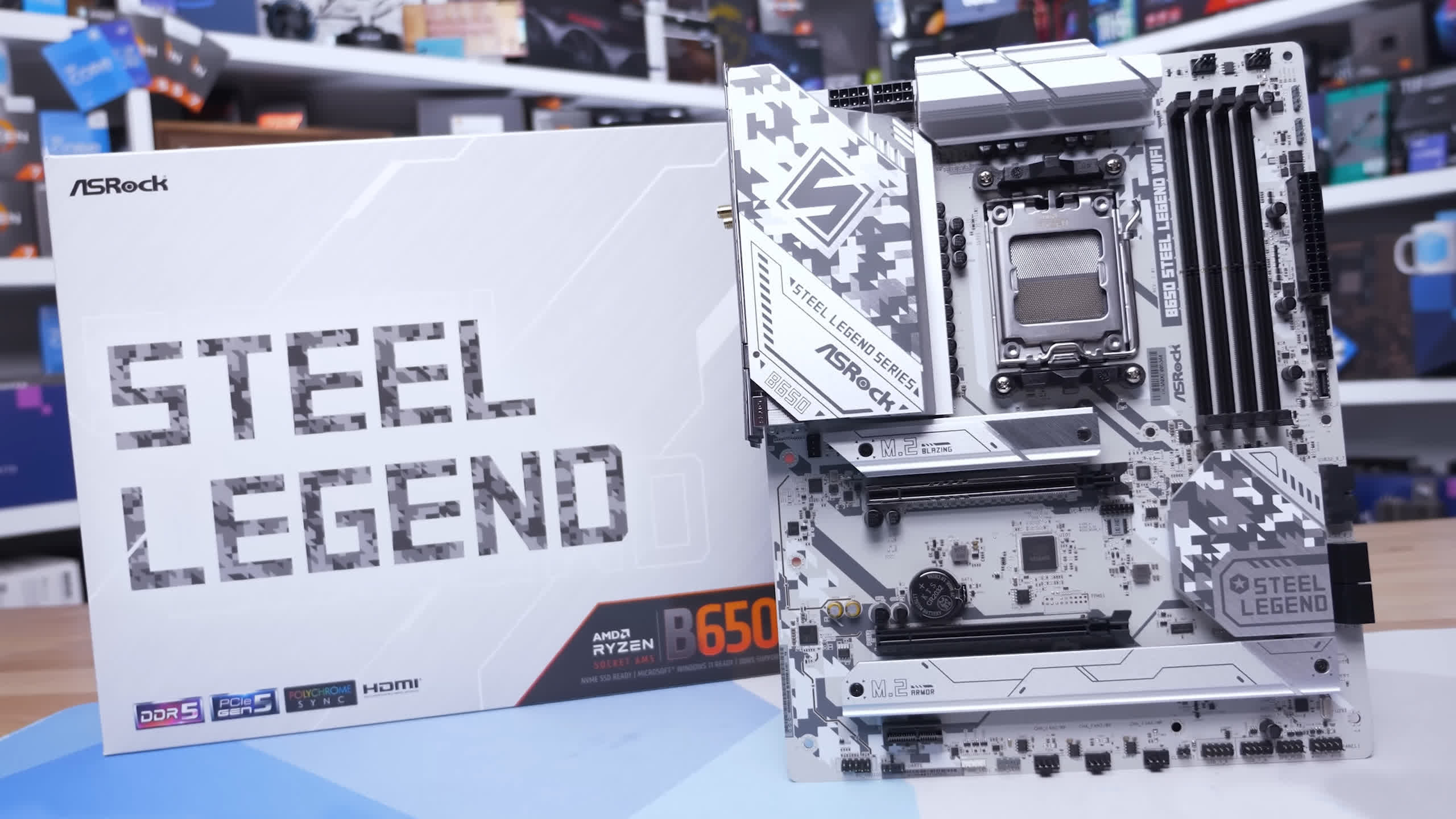
But you’re reading this guide because you want to know the best options available right now, so let’s get into it. Despite there being almost too many motherboards to mention – we have tested all of them – the new Asrock B650 Steel Legend WiFi at $180 is hands down the best. Availability is sketchy right now unfortunately, but if you can get it at that price, that’s our number one pick.
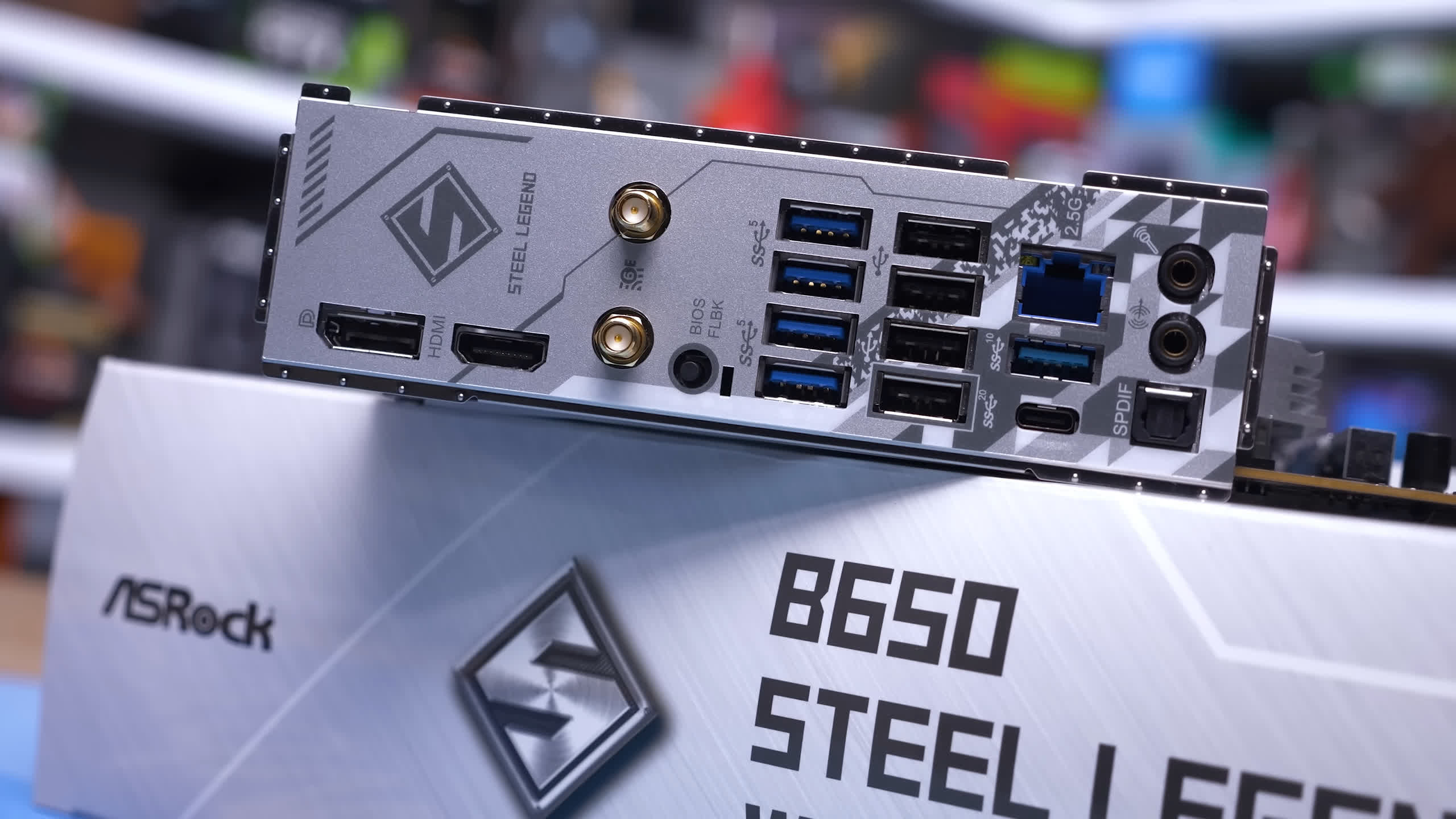
The reason is it offers the best features with an exceptionally strong vcore VRM using fourteen 80A power stages. You also get PCIe 5.0 support on the primary PCIe x16 slot along with the primary M.2 slot, despite the fact that this isn’t a B650E motherboard. There’s also 11 USB 3.2 ports, 8 USB 2.0 ports, WiFi 6E, and 2.5 Gbit LAN. It really is the best of the best at this price point.
The Asrock outperforms the MSI B650 Gaming Plus WiFi and embarrasses the Asus TUF Gaming B650-E WiFi, both of which sell for the same price. It’s also better equipped than the Gigabyte B650 Gaming X AX, though depending on the price in your region, the Gigabyte Gaming X AX is a good substitute should the Steel Legend be unavailable.
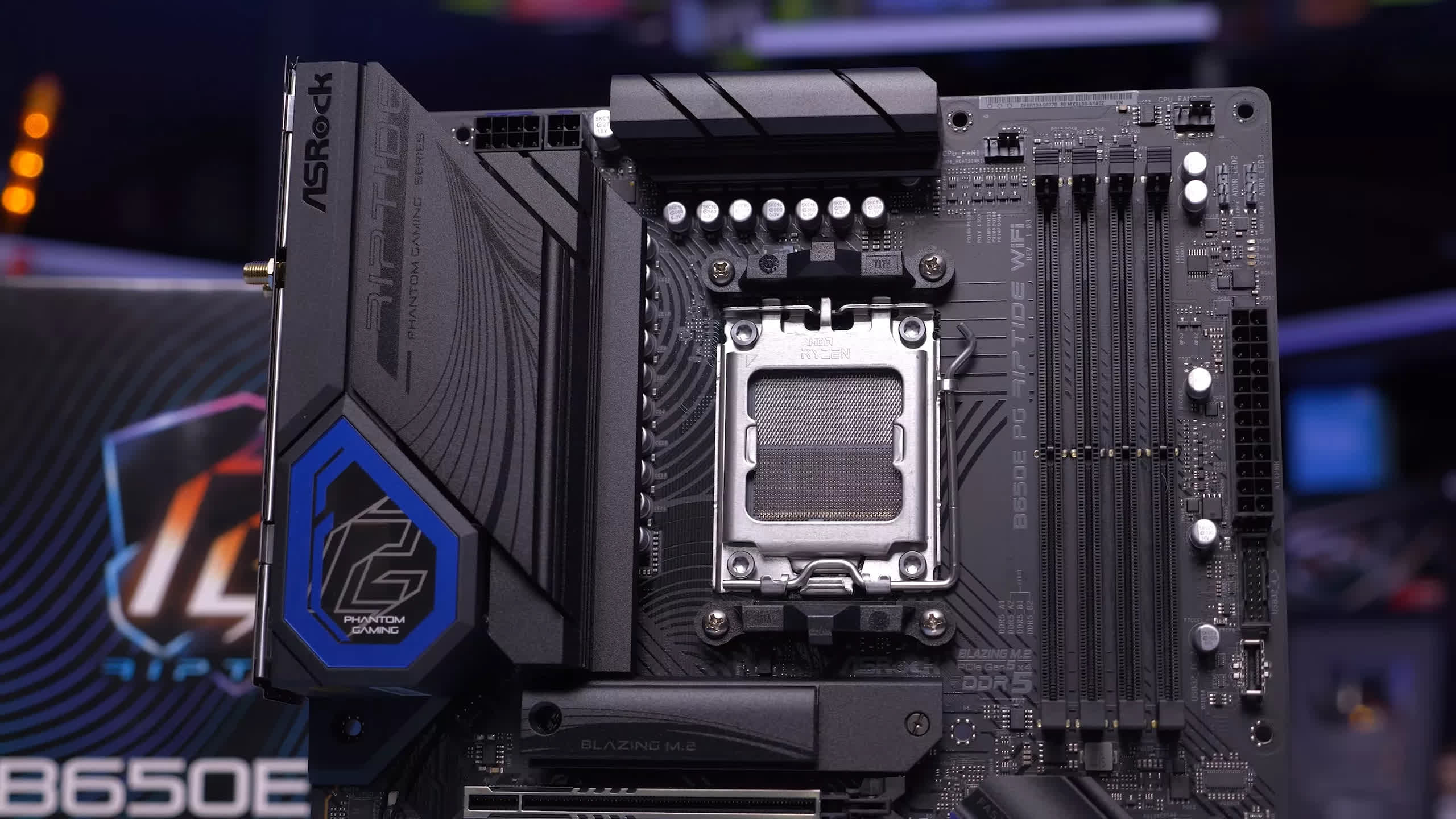
Stepping up to $190-200, you’ll find the Asrock B650E PG Riptide WiFi, Asrock B650 Pro RS, and MSI MAG B650 Tomahawk WiFi. The Pro RS looks like it could be in the process of being phased out, as it doesn’t make sense at this price. The B650E PG Riptide WiFi is a great option as it’s one of the cheapest B650E motherboards. That said, somehow the B650 Steel Legend WiFi is still better equipped and slightly cheaper. The MSI MAG B650 Tomahawk WiFi also puts up a good fight but lacks PCIe 5.0 support entirely, so again, the Steel Legend is better equipped and slightly cheaper.
The Gigabyte’s B650 Aorus Elite AX V2 offers similar features to the Steel Legend but costs ~$20 more. The list of $200 B650 ATX boards goes on, and it’s the same story repeatedly. For example, the MSI Pro B650-P WiFi isn’t as well equipped as the Steel Legend, with one less M.2 slot (no PCIe 5.0 support) and fewer USB options overall.
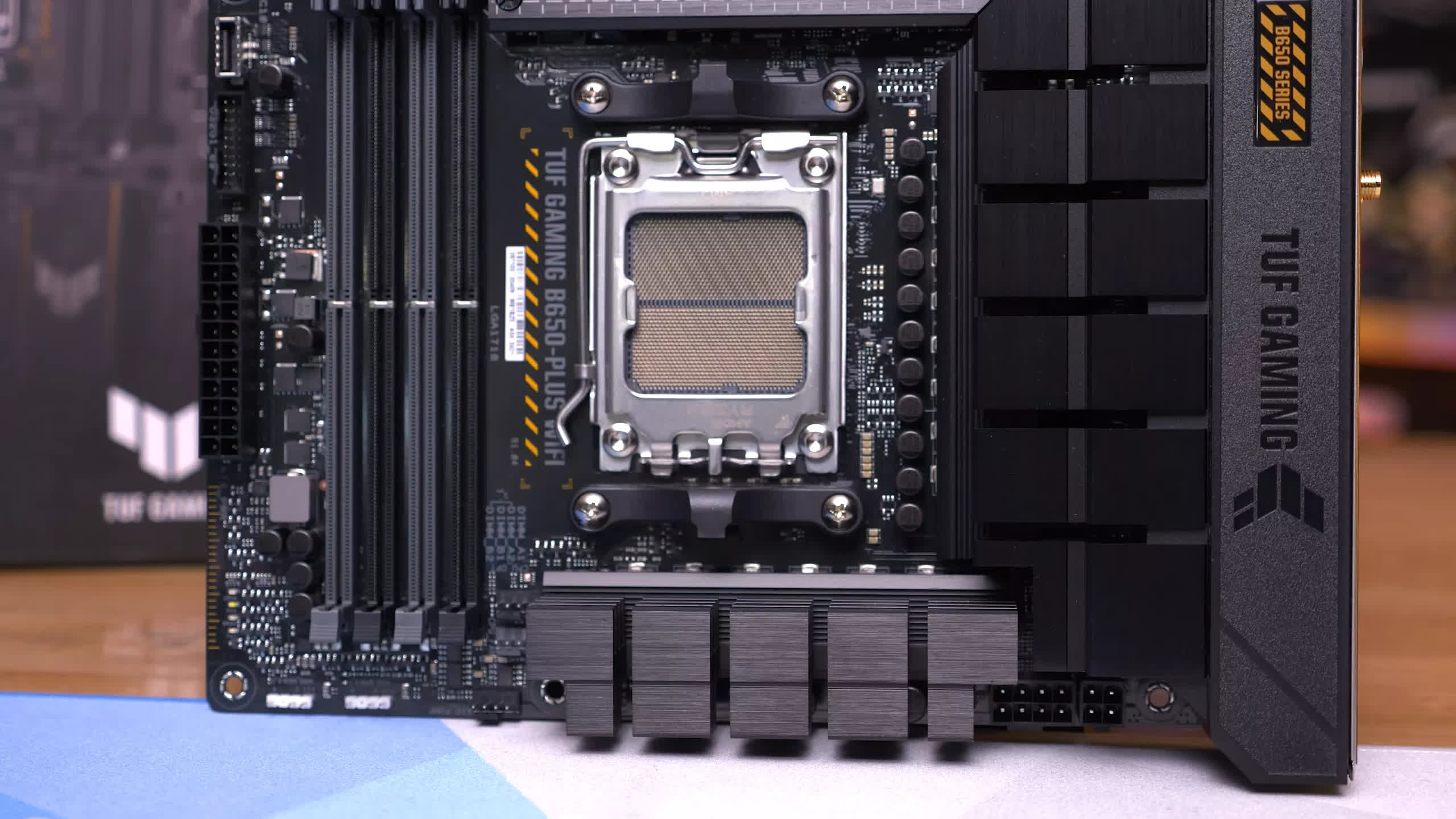
The Asus TUF Gaming B650-Plus WiFi is just poorly priced. The Asus ROG Strix B650-A Gaming WiFi costs $20 more, doesn’t have PCIe 5.0 for the primary PCIe x16 slot, and has fewer USB 3.2 ports and fewer USB 2.0 ports. Then there’s the Gigabyte B650 Aorus Elite AX, which is almost the same board as the Steel Legend but costs $20 more. The Gigabyte B650 Aorus Elite AX Ice is a similar board for $20 more with a weaker VRM but still ample.
Finally, there is the Asrock B650E Steel Legend WiFi, the actual B650E version, and it costs $20 more but features a weaker VRM, though similar features otherwise. It’s unclear why you’d spend $20 more on the B650E version. So, as we’ve said from the start, get the B650 Steel Legend WiFi and hope it comes back into stock.
Best High-End ATX B650 Motherboard
Asrock B650E Taichi Lite
If you don’t have a firm budget in mind and want the best AMD B650 motherboard without going overboard, Asrock wins this category as well. I’m not sure how they’re doing it, but the B650E Taichi Lite can be had for just $240, which is just bonkers and at that price neutralizes every other board.
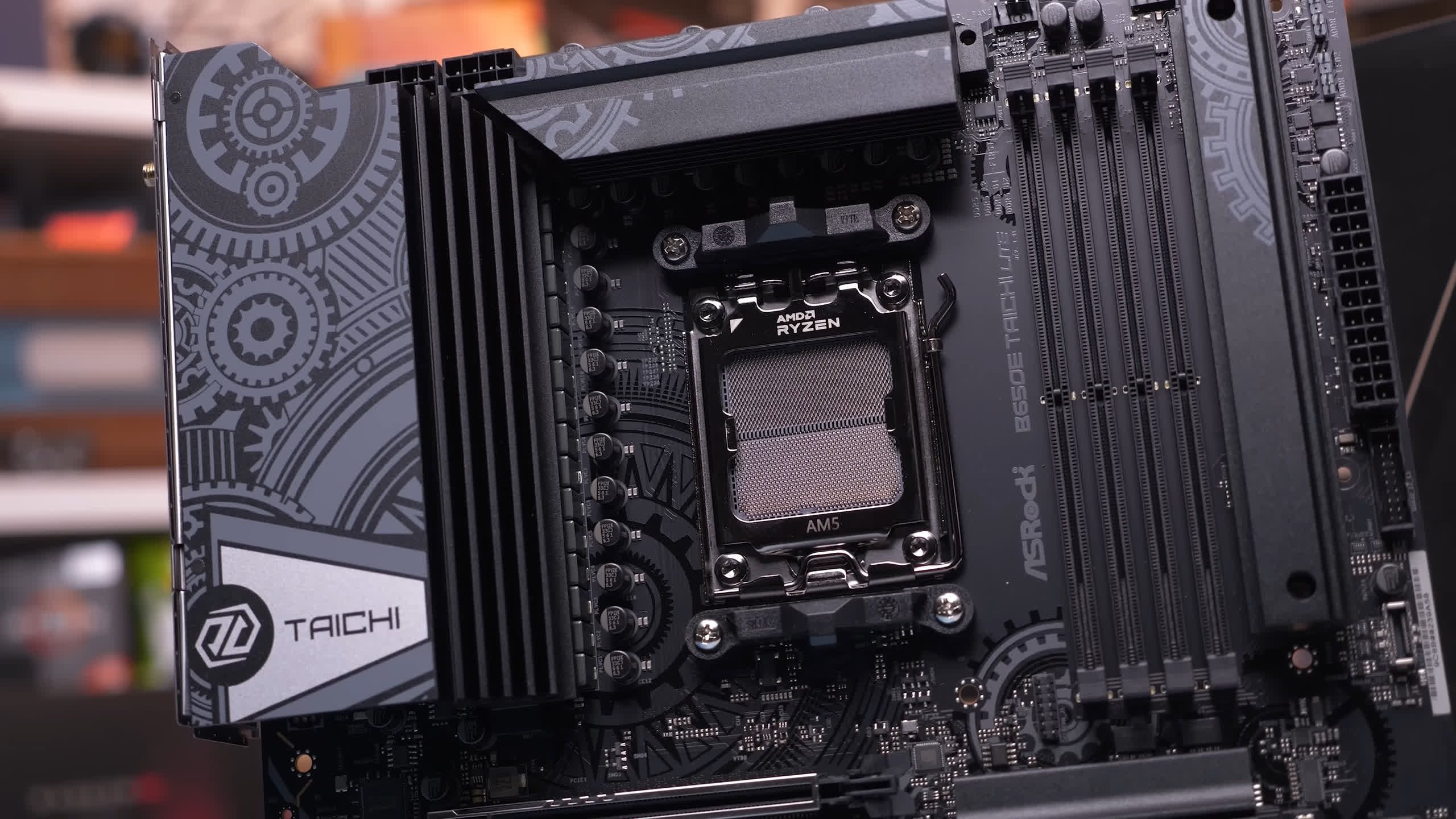
For $240, you’re getting a B650E motherboard with twenty-four 105A power stages for the vcore. At that point, you could comfortably run two Ryzen 9 7950X processors. You also get PCIe 5.0 support for the primary PCIe x16 slot and an M.2 slot, with an additional two PCIe 4.0 M.2 slots. There’s an incredible 14 USB 3.2 ports with a USB4 port. Then there’s the typical WiFi-6E and 2.5 Gbit LAN.
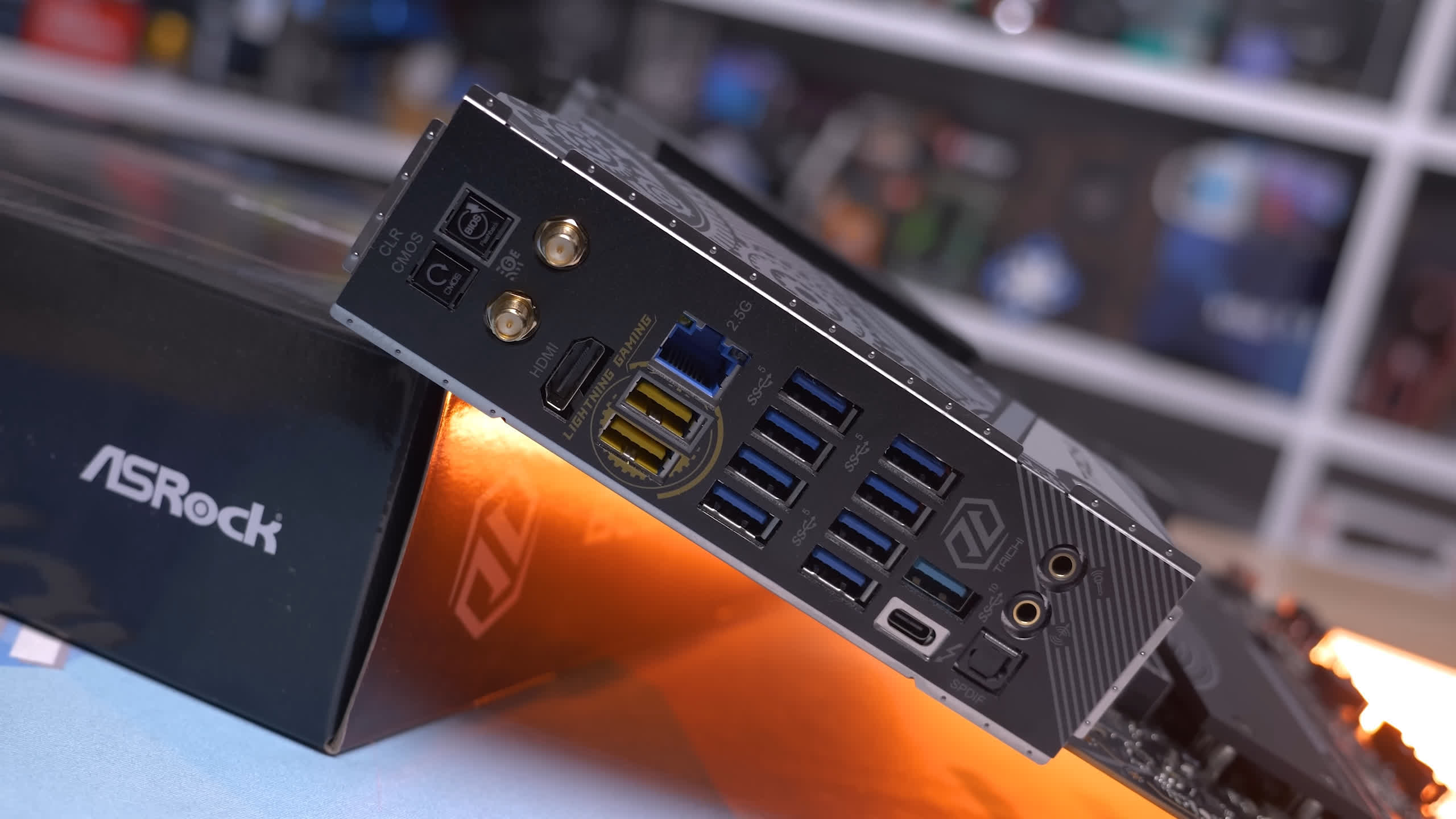
Even though this is a no-frills version of the standard B650E Taichi, with less RGB lighting and more standard-looking heatsinks, Asrock has still included a 2-digit debug code LED at the bottom of the board. All the essentials are still included. So, the Taichi Lite is our best high-end B650 board pick.
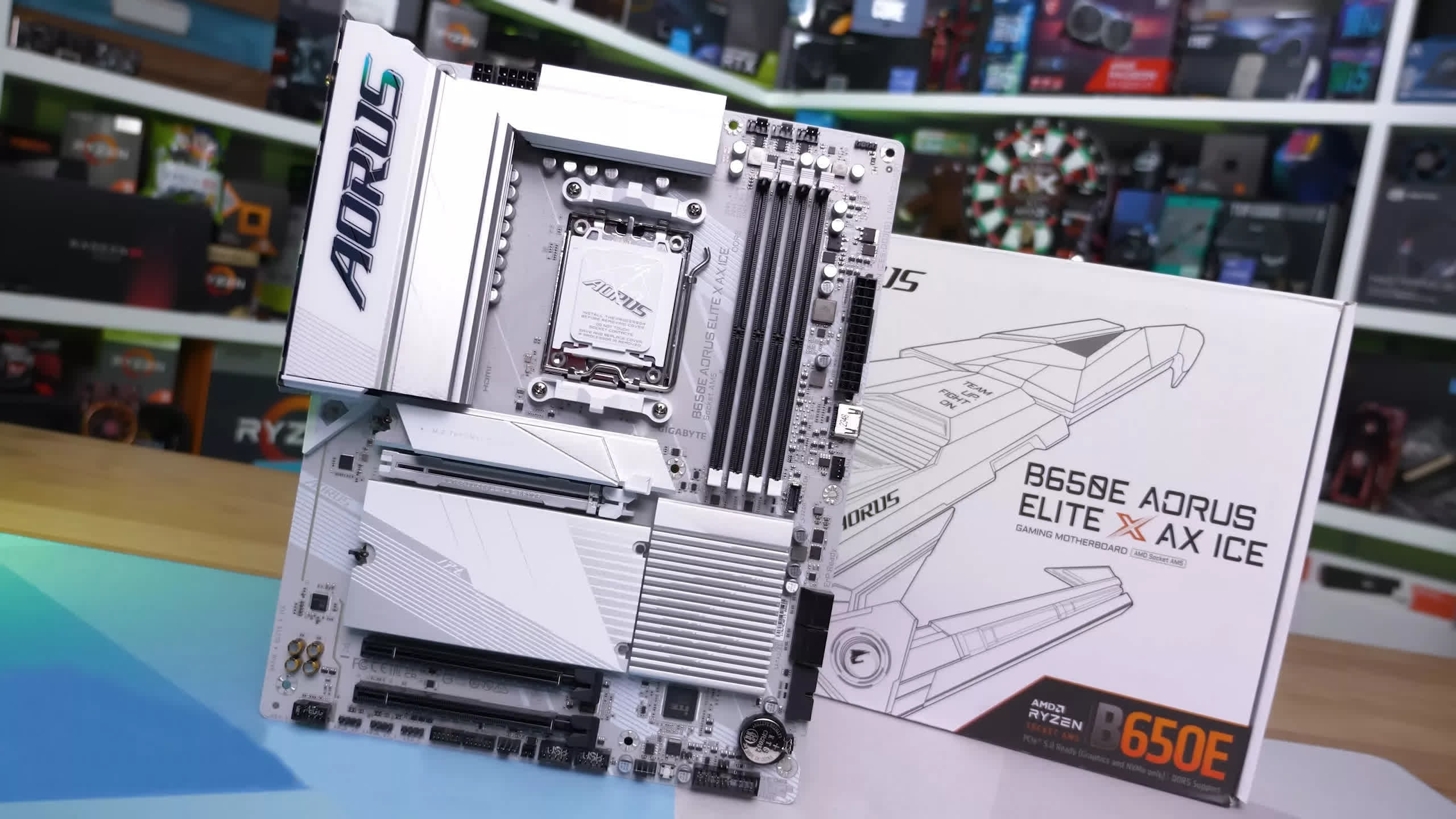
If this board happens to be unavailable in your region or pricing is not good, alternatives include the Gigabyte B650E Aorus Elite X AX Ice, which is a B650E board. However, unless you specifically want a white motherboard, the Asrock B650E Taichi Lite is a better value product. The Asus ROG Strix B650E-F Gaming WiFi is in a similar position, costing $20 more.
Sadly, MSI is a bit lost at this price point. For the same money as the Taichi Lite, the MSI MPG B650 Edge WiFi looks underwhelming, and at $290, the MSI MPG B650 Carbon WiFi is also poorly positioned.
There’s also the Asus ProArt B650 Creator, which does support x8/x8 operation for its primary and secondary PCIe x16 slots, whereas all other boards are limited to x16/x4 or worse. So, if that PCIe configuration is useful to you, this board has value. Otherwise, it’s pretty average in terms of pricing and features.
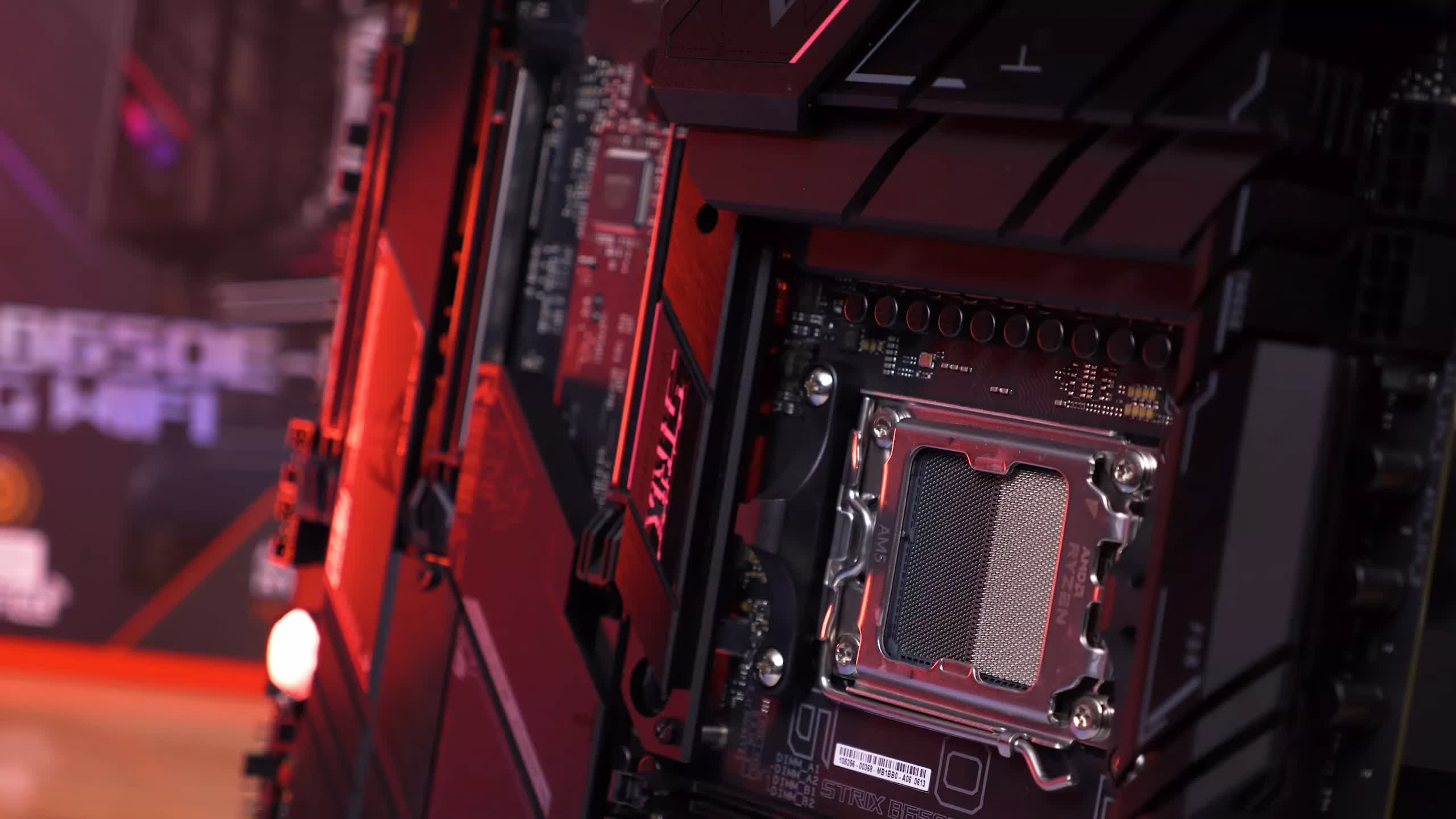
Jumping up to $320 for the Asus ROG Strix B650E-E Gaming WiFi, you get PCIe 5.0 for the primary and secondary PCIe slots, though they only operate at x8/x4 when both are used. There are also two M.2 slots with PCIe 5.0 and another two PCIe 4.0 slots. There’s no USB4, so it’s hard to say if this board is worth $80 more than the Asrock B650E Taichi Lite.
Then we have the original Asrock B650E Taichi at $370, and it’s unclear why you would pay $140 more over the Lite version. Finally, the Gigabyte B650E Aorus Master at $470 is expensive. Sure, it’s a nice board, but other than better M.2 support with four 5.0 ports, it’s objectively worse than the Asrock B650E Taichi Lite.


